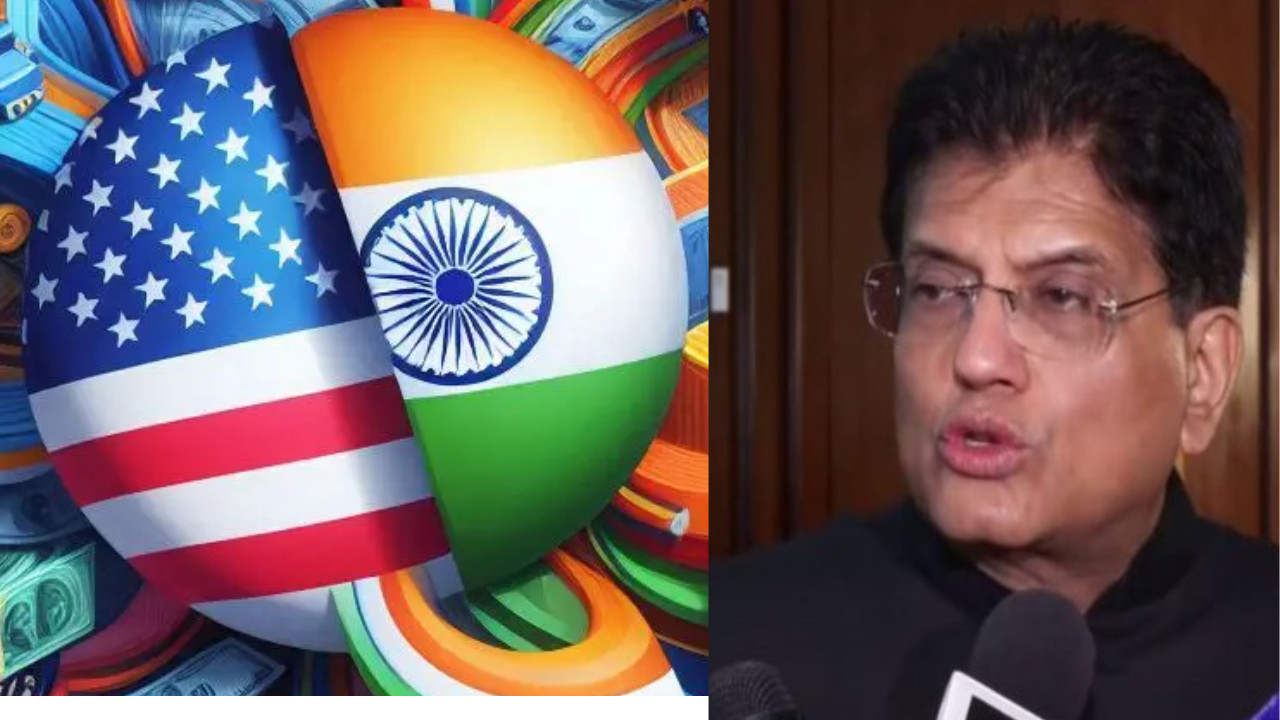US immigration policies are making Indian families reconsider marriages with relatives abroad. Concerns over job security and visa status, particularly with H-1B visa changes, are causing panic and slowing down interest in NRI grooms. Matchmakers are adapting by adding visa filters, while some families now explore options in Canada, the UK, and Europe.
The American Dream: Is it Losing its Luster for Indians?
For generations, the allure of America has held a powerful grip on the Indian imagination. Dreams were woven around opportunities on foreign soil, often solidified by the prospect of marrying someone already living that dream – an NRI (Non-Resident Indian) spouse. But a shift seems to be underway, a subtle yet significant change in the aspirations of young Indians, fueled in part by evolving US immigration policies, particularly concerning the H-1B visa. Is the tide turning? Are young Indians rethinking their transatlantic ambitions?
It’s not just about the green card anymore. For decades, marrying an NRI was often seen as a fast track to a better life, a comfortable existence in a land of opportunity. The H-1B visa, a coveted permit allowing skilled workers to live and work in the US, played a pivotal role in this equation. It represented stability, career advancement, and a gateway to permanent residency. But with increasing visa restrictions and a more uncertain political landscape, the equation has become far more complex.

Shifting Priorities: Why the NRI Appeal is Fading
Anecdotal evidence suggests a change in mindset, particularly amongst younger, ambitious Indians. The traditional “NRI dream” doesn’t hold the same weight as it once did. This isn’t about a loss of admiration for the US, but a re-evaluation of priorities.
One key factor is the booming Indian economy. India is no longer the land of limited opportunities it once was. A vibrant start-up culture, a rapidly growing tech sector, and increasing global recognition mean that young Indians can build successful and fulfilling careers without leaving their home country. The pull of staying close to family, culture, and familiar surroundings is becoming stronger.
Another factor is the changing perception of life in America. The rose-tinted glasses are off. Stories of job insecurity, rising costs of living, and a complex social landscape are circulating more widely. The perceived advantages of an NRI spouse are being weighed against the realities of navigating a new life in a foreign land, often far from loved ones.
The H-1B Visa Impact: Uncertainty and Alternatives
The H-1B visa restrictions undoubtedly play a significant role in this shift. The process has become increasingly competitive, with longer wait times and higher chances of rejection. This uncertainty has a chilling effect, causing potential immigrants to explore alternative options.
Furthermore, alternative destinations are emerging. Canada, Australia, and even countries within the European Union are actively recruiting skilled workers and offering more attractive immigration pathways. These countries often boast more stable immigration policies and a higher quality of life, making them appealing alternatives to the US.
This isn’t to say that the American dream is dead. Many Indians still aspire to live and work in the US, drawn by its innovation, its diverse culture, and its economic opportunities. However, the journey to that dream is no longer perceived as a straightforward path paved with an H-1B visa and an NRI spouse. It requires careful consideration, a realistic assessment of the challenges involved, and a willingness to explore alternative pathways.
Rethinking the American Dream: A New Era for Indian Aspirations
The evolving landscape of US immigration, combined with India’s own growth story, is reshaping the aspirations of young Indians. While the allure of the NRI spouse may be fading, the desire for a better life remains strong. It’s just that the definition of “better” is changing, and the path to achieving it is becoming more nuanced. The story of Indian aspirations is evolving, reflecting a generation that is ambitious, resourceful, and increasingly confident in its ability to build a successful future, wherever that may be. This recalibration might also lead to stronger connections within India, fostering local innovation and growth. You may also be interested in reading our article on [The Future of Remote Work in India](internal-link-placeholder).
The question now is: how will these shifting aspirations impact the future of Indo-US relations and the flow of talent between the two countries?







